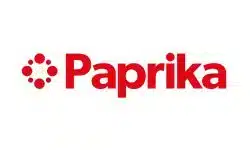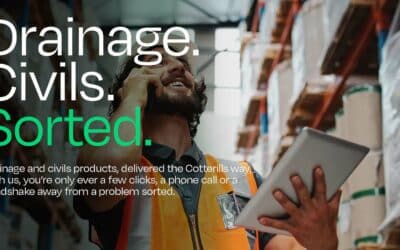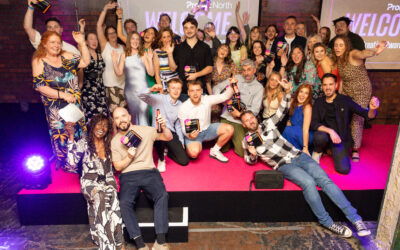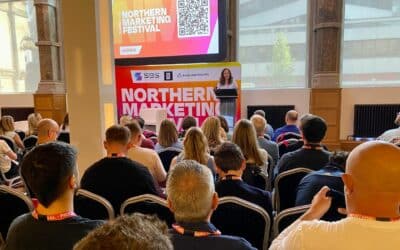The Prolific North Champions Awards Winners’ Roundtable brought together an eclectic mix of agency leaders, marketers and creatives to explore how AI is reshaping creative work.
The session was chaired by David Prior, from Prolific North, and hosted at Glaisyers with sponsorship from Paprika Software.
Attendees
- Abigail Deeb, Digital Marketing Executive, Cumberland Building Society
- Andrew Durkin, Head of Business Development, Answer Digital
- Darren Hunter, Account Director, Bubble Design and Marketing
- Gary Bannister-Simm, Director of Moving Image + Co-founder, adam + gary
- James Hayward-Browne, Co-Founder, Bottled Imagination
- James Hamer, Group Account Director, Cast-Can
- Alexandra Trehane, COO, Maxwellia
- Steve Kuncewicz, Partner, Glaisyers
- Simon Dodd, Founder, On behalf of Buy Media
Rather than dwelling on existential threats, the discussion revealed a pragmatic industry embracing AI as a tool for creative enhancement while grappling with its implications for trust, regulation and client relationships.
The Efficiency Revolution
The strongest consensus emerged around AI’s role in operational efficiency. Gary Bannister-Simm from adam + gary articulated this most clearly, explaining how AI expedites pre-production tasks. His agency uses AI for everything from research to storyboarding, allowing them to “get most of a budget on screen” rather than spending it on administrative tasks.
This efficiency theme resonated across sectors. Alexandra Trehane from Maxwellia, operating in the highly regulated healthcare space, emphasised scaling efficiency for small teams: “If we can automate some of our very simple things, and if we can just scale how efficient our team can be, that’s a big win.”
James Hamer from Cast-Can highlighted practical applications like WhatsApp marketing with AI integration, particularly valuable for smaller property sales companies looking to reduce administrative overhead.
Andrew Durkin from Answer Digital pointed to “operational efficiencies” as the obvious starting point, noting how tasks like mockups can now be completed “in a second, rather than sending it to a design team.” This efficiency dividend appears to be freeing up creative professionals to focus on higher-value strategic work.
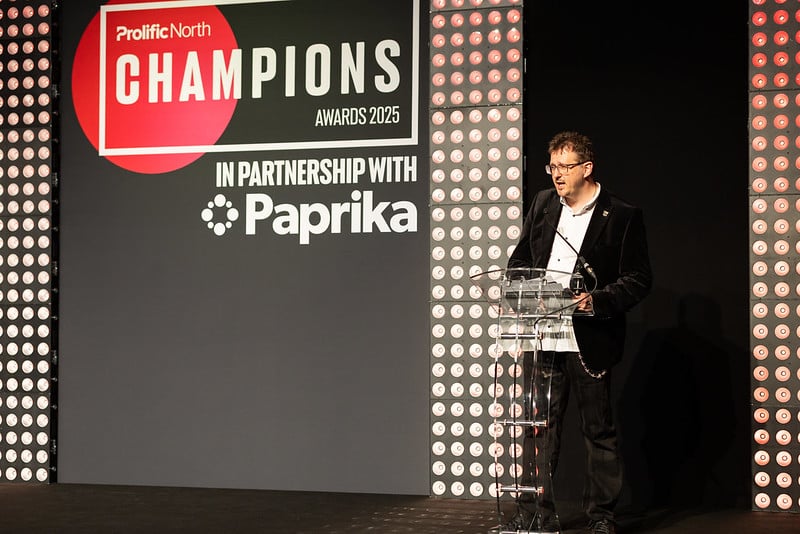
The Trust Paradox
Perhaps the most fascinating tension explored was the relationship between AI capability and consumer trust. Gary Bannister-Simm admitted: “Every campaign that we put out, we get accused of it being AI by the general public, which is a lovely testament to the amount of work that goes in behind the scenes.” The irony that high-quality human work is now mistaken for AI output speaks to both the technology’s rapid advancement and the public’s shifting perceptions.
James Hayward-Browne from Bottled Imagination expanded this concern into the media landscape: “Social media trust is at an all-time low, journalism in some areas is going down. So where are people getting their trusted sources?” He highlighted the emergence of “fake experts” with AI-generated photos being pitched to major publications, creating a credibility crisis that agencies must navigate carefully.
For regulated industries, this trust question becomes even more critical. Trehane emphasised the importance of tone and empathy in healthcare marketing: “We’re talking about heavy bleeding, heavy periods, we need to be going ‘we understand you’ not ‘here’s something the AI generated.'” The human element remains irreplaceable where emotional connection and authentic understanding are paramount.
The Creative Enhancement Debate
The discussion revealed sophisticated thinking about AI’s role in creative enhancement rather than replacement. Bannister-Simm shared an example where his agency delivered AI-generated content as part of a live campaign that has run for six months without detection, demonstrating AI’s potential when properly integrated with human creative direction.
However, participants were clear about maintaining creative integrity. Darren Hunter from Bubble Design noted: “I don’t think customers would want to pay for us using AI to create their visuals. I think they’d feel slightly ripped off.” This sentiment reflects a broader industry understanding that transparency and value proposition remain crucial.
Read more: See full list of Prolific North Champions Awards winners 2025
Trehane’s anecdote about a painter who ultimately used AI to create a famous movie graphic illustrated the technology’s potential when properly channeled through human expertise and creative vision. The painter’s initial resistance gave way to recognition that AI could enhance rather than replace his creative capabilities.
Regulatory Uncertainty and Client Education
Steve Kuncewicz from Glaisyers raised critical concerns about the regulatory landscape: “The UK is not writing any rules… We’ve got a six-page private members bill that nobody’s doing anything with to try and regulate AI.” This regulatory vacuum creates particular challenges around copyright, client contracts and liability.
The discussion highlighted the need for agencies to educate clients and establish clear boundaries. Simon Dodd, representing the tech platform Buy Media, emphasised client communication: “Whatever the agency thinks is their way of housing this… if the client doesn’t buy that from you and doesn’t understand what you’re doing with it, then you’ve lost them.”
Several participants stressed the importance of agencies maintaining authority and expertise in this evolving landscape. Hayward-Browne noted: “Clients are looking to be steered. They want that advice. And if you are seen as authority… you’ve got to have an opinion, an insight.”
Building Competitive Advantage
The conversation revealed how agencies are positioning themselves competitively through AI adoption. Durkin described building private models for tone of voice consistency and client-specific applications, such as wealth advisory firms using AI to compile risk profiles and identify market gaps.
This strategic approach extends to relationship building. Hayward-Browne said that successful agencies focus on understanding brands and building relationships: “If you understand the brand and where they want to go, they will buy into you, and it doesn’t matter about the prices.”
The roundtable concluded with a recognition that AI represents another technological revolution requiring adaptation rather than resistance. Trehane drew parallels to previous disruptions: “It’s not about wiping out whole loads of people that have jobs. It’s about people upskilling to be able to use it as an efficient tool.”
Looking Forward
The discussion painted a picture of an industry that is neither panicking nor complacent about AI’s impact. Instead, the North’s creative champions are thoughtfully integrating AI tools while doubling down on distinctly human capabilities like strategic thinking, cultural insight and authentic relationship building.
As Kuncewicz noted: “Clients pay for your ingenuity… why shouldn’t you be proud of learning this kind of stuff for your own benefit?” This sentiment captured the roundtable’s prevailing mood: professionals leveraging new tools to deliver better work while maintaining the human elements that remain irreplaceable in creative excellence.
Headline partner
